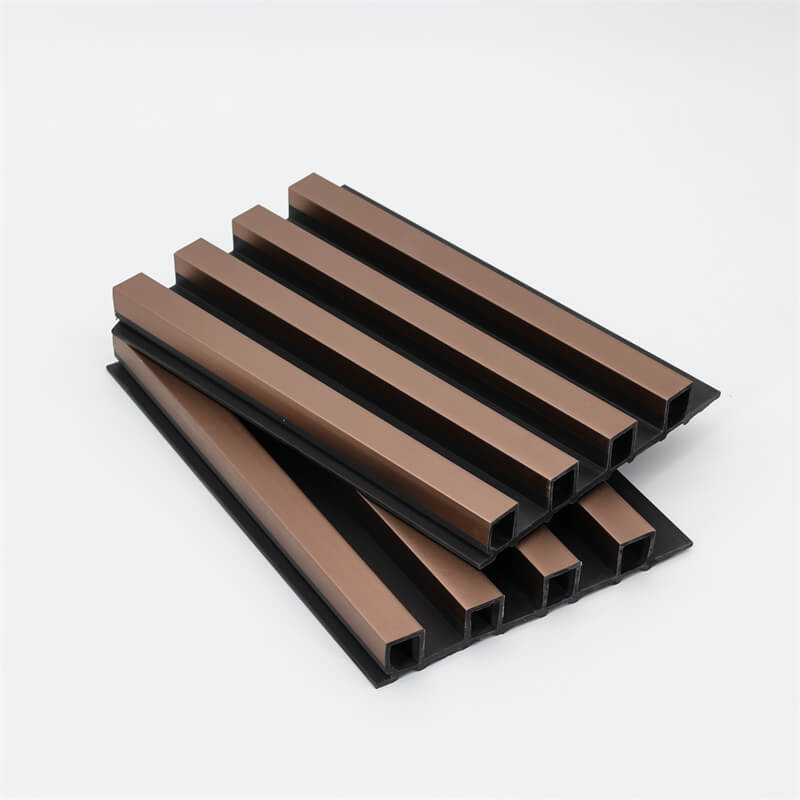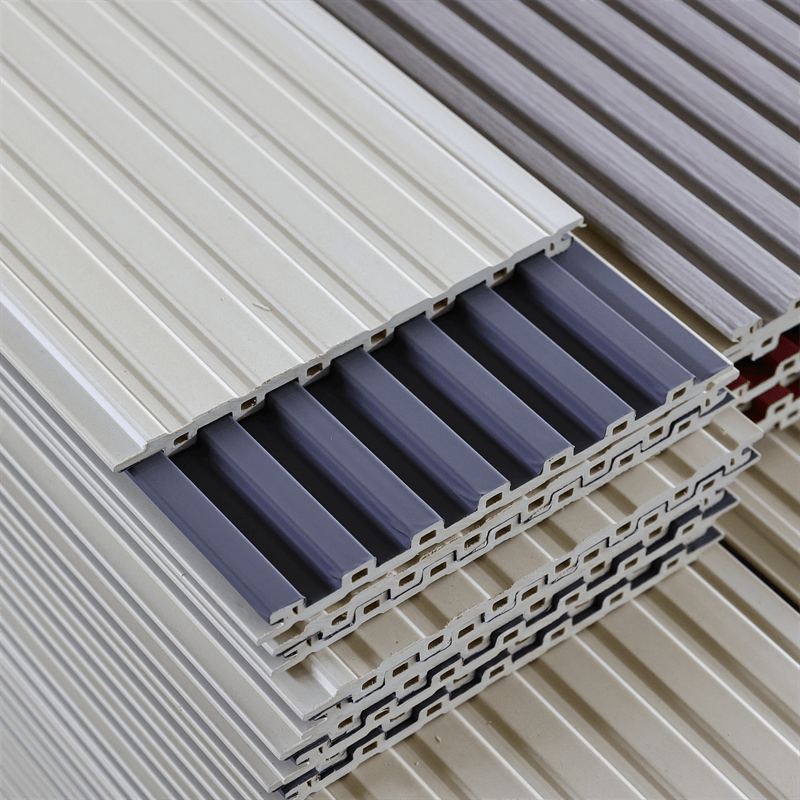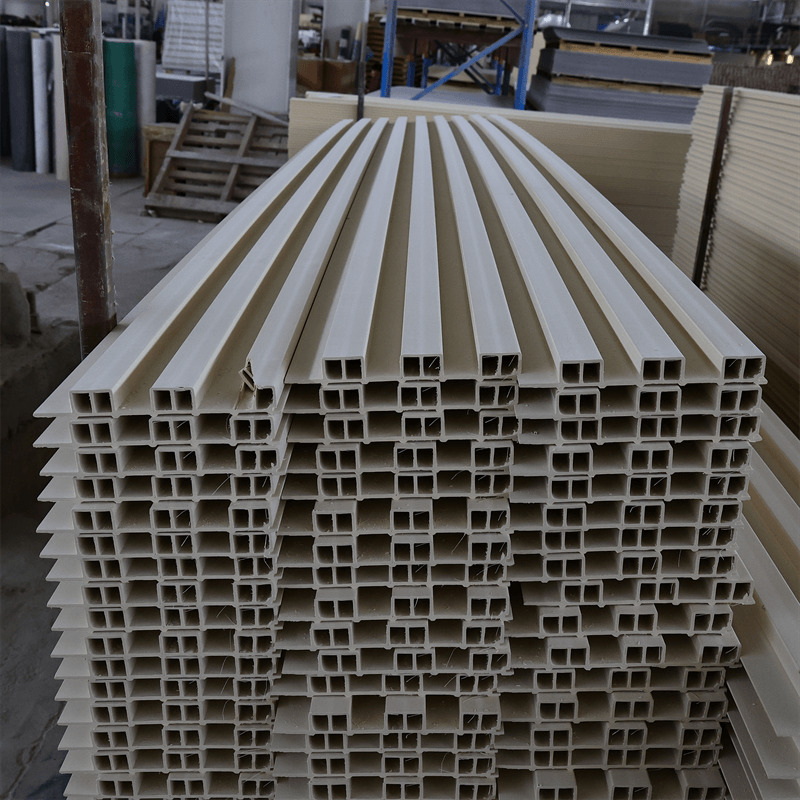
Wood Plastic Composite (WPC) has gained widespread popularity as a sustainable and versatile building material.
As the demand for WPC products continues to grow, understanding the price trends in the market becomes crucial for consumers and builders alike.
Navigating the market to find the best deals on WPC requires insight into various factors that influence pricing fluctuations.
In this article, we will delve into the trends affecting WPC prices, enabling you to make informed decisions and secure the best value for your WPC projects.
Understanding the Dynamics of WPC Pricing
WPC pricing is influenced by a combination of internal and external factors that shape the market.
Understanding these dynamics is essential for comprehending WPC price trends:
Raw Material Costs: The primary components of WPC, wood fibers or flour, and thermoplastic resins, are subject to fluctuations in raw material prices.
Changes in the cost of these materials can directly impact the overall price of WPC products.
Manufacturing Processes: Advancements in manufacturing technologies and processes can influence WPC pricing.
Innovative techniques may lead to cost reductions, while higher-quality production methods may result in premium pricing.
Supply and Demand: The demand for WPC products plays a significant role in pricing trends.
An increase in demand, particularly during peak construction seasons, can lead to higher prices, whereas excess supply may drive prices down.
Environmental Regulations: Environmental regulations can affect the sourcing and manufacturing of WPC materials,
potentially impacting production costs and, consequently, prices.
Brand Reputation: Established and reputable brands may price their WPC products higher due to their brand recognition and quality assurance.
Consumers often associate higher prices with better quality and reliability.

Market Trends and Seasonal Variations
WPC prices can be subject to seasonal variations and market trends.
It’s essential to be aware of these fluctuations to secure the best deals:
Seasonal Demand: The demand for WPC products may vary based on seasonal construction trends.
Prices may increase during peak construction periods when demand is higher.
Industry Growth: As the WPC industry expands and gains popularity, economies of scale may lead to more competitive pricing.
New Product Launches: The introduction of new WPC products with innovative features and designs can impact the pricing of existing products,
as manufacturers may adjust their pricing strategies to stay competitive.
Trade and Tariffs: International trade relations and tariffs can influence the pricing of imported WPC products, affecting overall market dynamics.
Budgeting and Cost Analysis
To navigate the market for the best WPC deals, effective budgeting and cost analysis are essential:
Project Scope: Define the scope of your WPC project and allocate a budget accordingly.
Consider the type and quantity of WPC products required and plan for potential price fluctuations.
Request Quotes: Obtain quotes from multiple suppliers to compare pricing and negotiate for the best deals.
Be sure to consider the quality and reputation of the suppliers in addition to their prices.
Long-Term Value: Evaluate the long-term value of WPC products in terms of durability, maintenance, and potential savings on replacements over time.
A slightly higher upfront cost may be justified by reduced long-term expenses.
Sustainable Practices: Choose WPC products from manufacturers committed to sustainable practices,
as these products may align with green building initiatives and certifications.

Best Practices for Finding Affordable WPC Deals
To find the most affordable WPC deals, consider implementing the following best practices:
Research and Compare: Conduct thorough research on different WPC suppliers, products, and market trends.
Compare pricing, quality, warranties, and customer reviews to make an informed decision.
Bulk Purchases: Buying WPC products in bulk may lead to discounted prices and reduced shipping costs, especially for larger projects.
Local vs. Imported Products: Consider locally manufactured WPC products,
which may be more cost-effective than imported options due to reduced transportation expenses.
Seasonal Discounts: Keep an eye out for seasonal discounts or promotions offered by WPC suppliers during quieter construction periods.
Negotiation: Don’t hesitate to negotiate prices with suppliers, especially when making substantial purchases.
Some suppliers may be willing to offer discounts or additional perks to secure your business.
Navigating the market for the best WPC deals involves understanding the dynamics of WPC pricing, seasonal variations, and cost analysis.
By keeping track of market trends, researching and comparing suppliers, and considering the long-term value of WPC products,
consumers and builders can secure the best deals without compromising on quality.
As the demand for WPC products continues to grow,
being aware of price trends and budgeting effectively will enable you to make cost-effective choices for your WPC projects.
With WPC’s sustainable nature, durability, and aesthetic appeal,
finding the right deals will help you create visually appealing and long-lasting spaces while maximizing the value of your investment.
Embrace the knowledge of WPC price trends and secure the best deals for your outdoor and construction projects.
